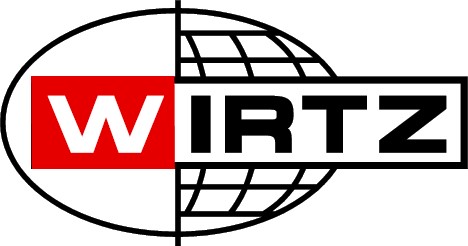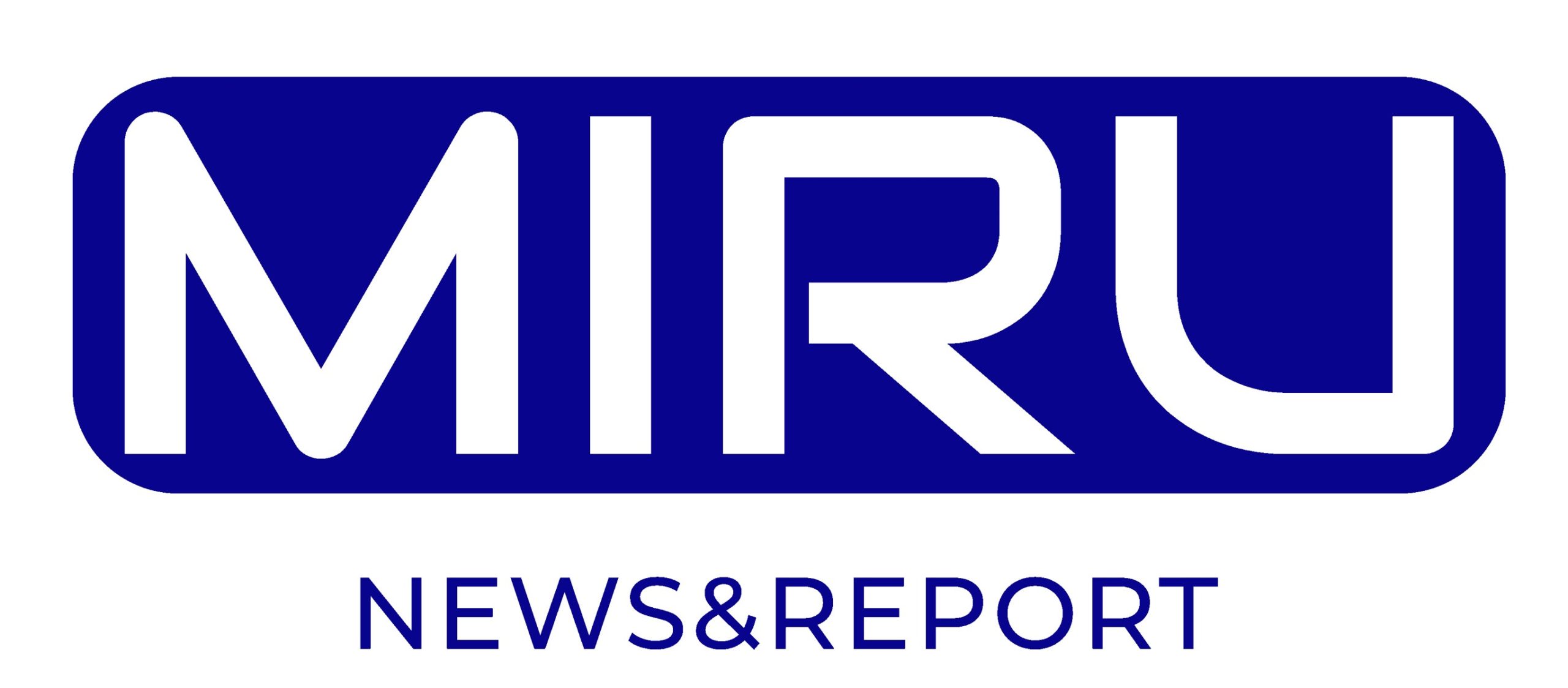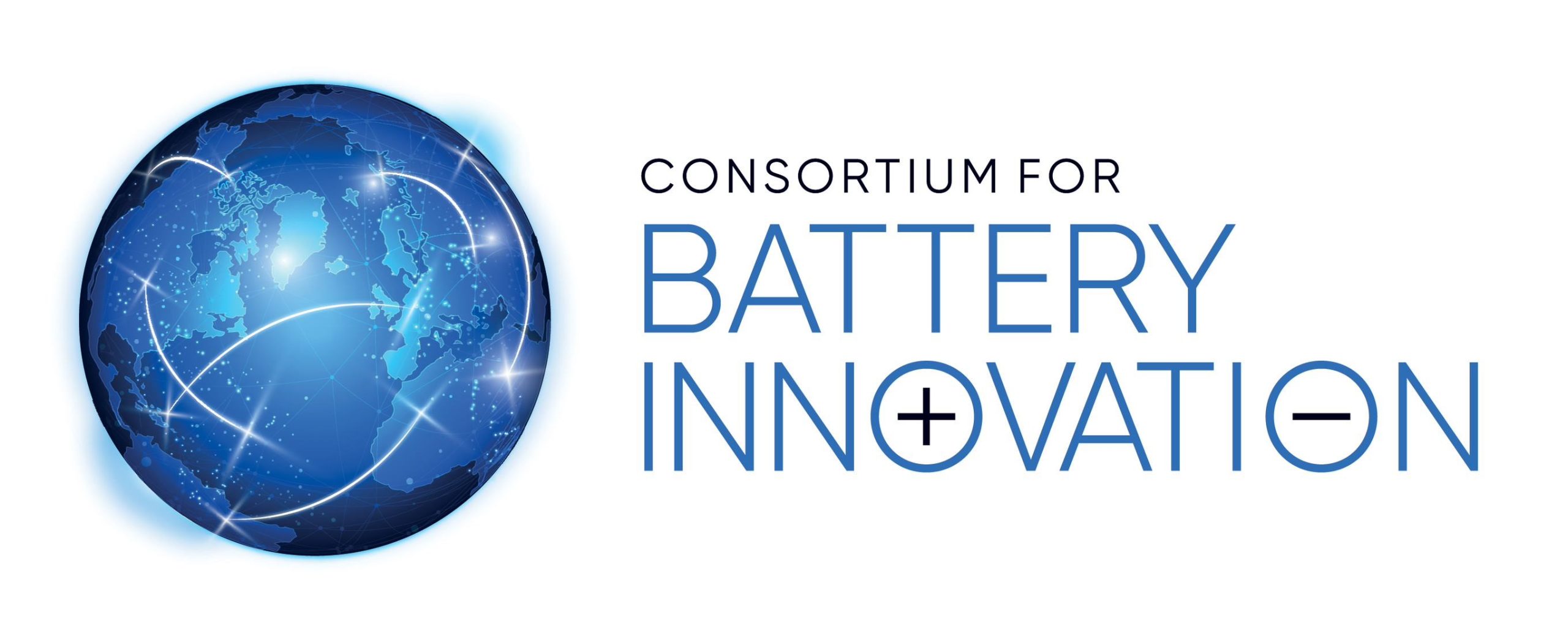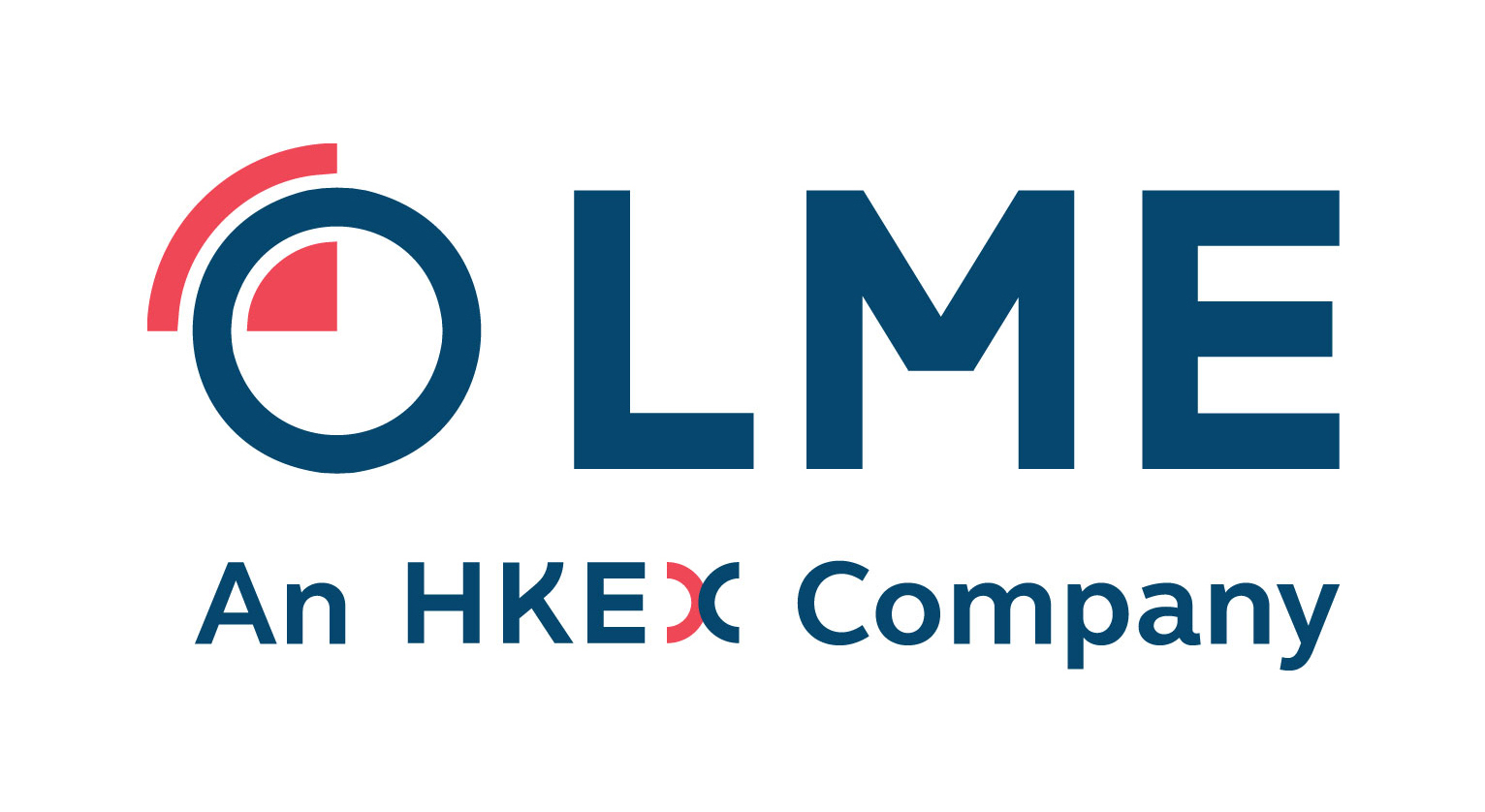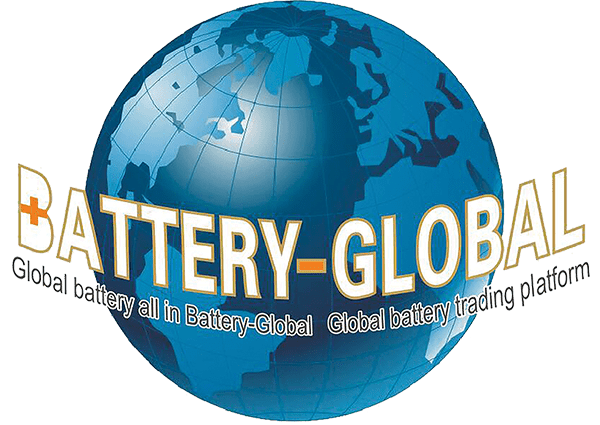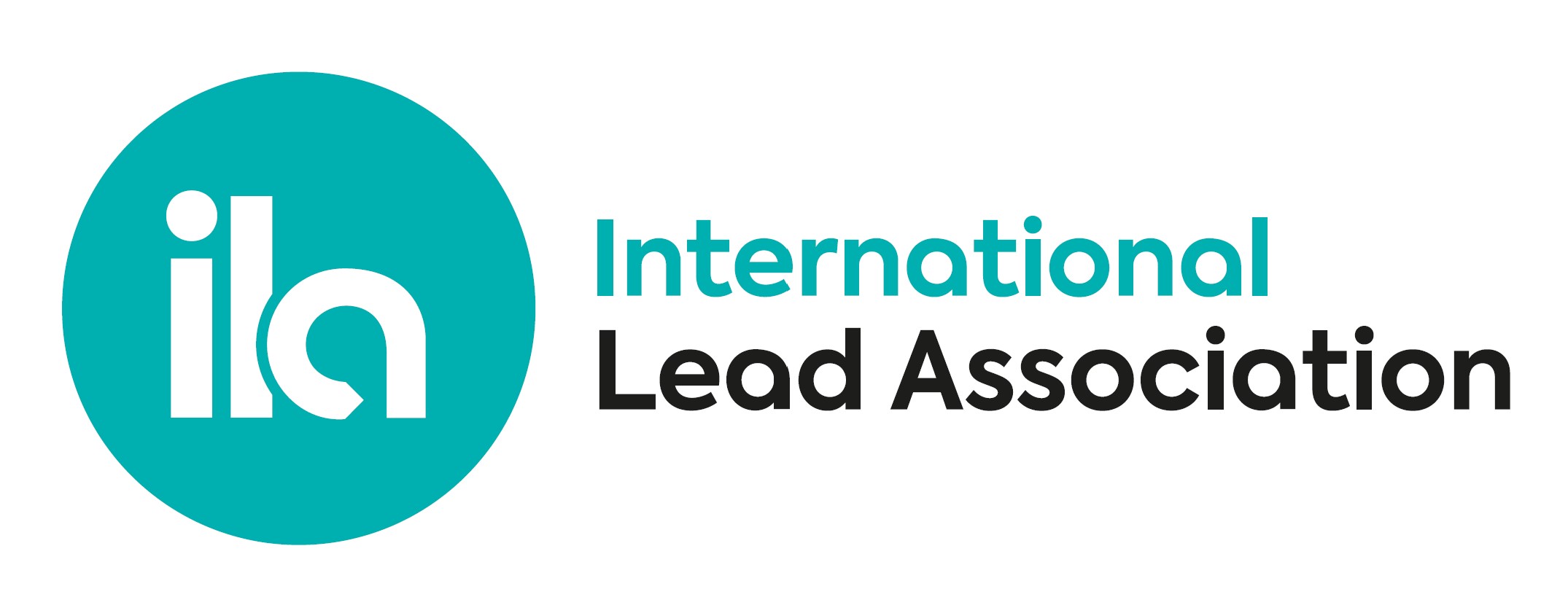Unlike many other metals, the recycling of lead accounts for most global supplies that are mostly consumed in the manufacture of lead batteries. This is facilitated by the intrinsic value of the lead contained in the used batteries, the ease of logistics along the supply chain and the relative ease of recovering Lead from use batteries combined with other by-products, combine to provide the economic ‘pull’ to recycle everywhere. Also, there is the environmental regulatory ‘push’, with typically more effective enforcement in OECD countries. This results in an excess of smelters chasing the global used batttery pool, which also typically means relatively high used battery prices amid the intense competition.
As well as looking at how secondary lead supplies fit into the lead market balance globally, this presentation will also provide some insight into the various stages of maturity in lead recycling, using two key countries – USA and China – as examples as well as some broader thoughts on informal recycling. Given the rapidly growing role of lithium batteries in the green energy transition, this presentation will also consider the state of progress in recycling the likely surge ahead in used lithium batteries, providing a contrast between the long-established lead recycling systems in place.
Presenters

After joining CRU in 2020, James has contributed to the company’s lead market analysis, particularly on the supply side of the industry, including recycled scrap and mined concentrate. First founded in 1969, CRU offers unrivalled business intelligence on the global metals, mining and fertilizer industries through market analysis, price assessments, consultancy and events.
